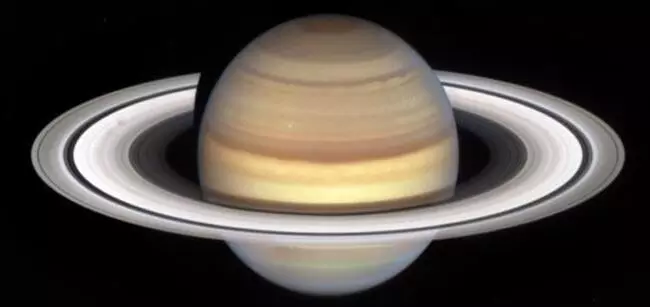
62 new moons discovered around Saturn, regains the status of ‘planet with most number of moons’
text_fieldsVancouver: Scientists have discovered 62 new moons orbiting Saturn which has regained its status as the planet with the most number of moons. Some of the smaller moons are only 2.5 km wide.
Prior to this, Jupiter had a short reign when astronomers discovered 12 new moons orbiting it in December 2022 which took the total to 95. Now, Saturn has 145 confirmed moons. Saturn is now the only planet in our solar system to have over 100 known moons.
A team of international researchers found the new moons using data collected between 2019 and 2021 by the Canada-France-Hawaii Telescope on top of Mauna Kea, Hawaii. Analysing sequential images taken over three-hour observation windows allowed them to see 62 moons that were earlier too small or dim to detect.
A statement from the University of British Columbia said that all 62 new moons are "irregular moons". That means they follow distant and elliptical orbits around Saturn. They often move in the opposite direction of Saturn's rotation. Experts also noticed that many of the tiny moons move together in similar retrograde (opposite direction) orbits. This suggests that they were all part of a larger parent moon.
Brett Gladman(opens in new tab), a professor of astronomy and astrophysics, said the team thinks that this parent moon was blown apart some 100 million years ago.























